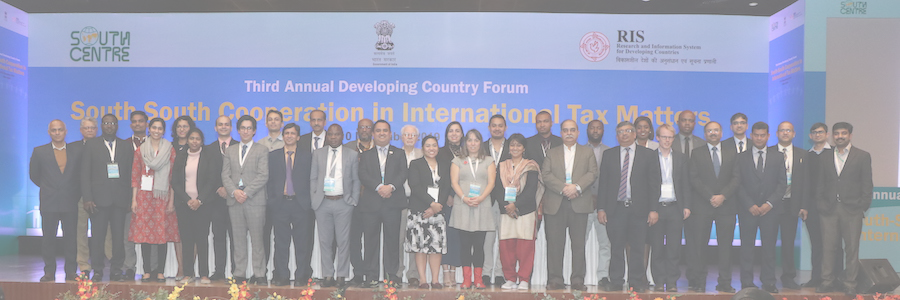Tax Disputes
South Centre Inputs on the Draft Issues Notes on the UN Framework Convention on International Tax Cooperation
11 July 2025
In preparation for the First and Second Sessions of the Intergovernmental Negotiating Committee (INC) on the United Nations Framework Convention on International Tax Cooperation (UNFCITC) to be held in August 2025, the Co-Leads of each of the three Workstreams have released Draft Issues Notes for public comments. The Issues Notes are meant to provide direction on the content of the UNFCITC and its two early protocols on services and dispute prevention and resolution.
There are three Issues Notes:
1. Workstream I on the framework convention
2. Workstream II on the taxation of services
3. Workstream III on dispute prevention and resolution
The South Centre submitted inputs on all three Issues Notes on 11 July 2025 which are reproduced below:
(more…)
Mali’s Mining Shake-Up: Tax audits reveal massive revenue loss and lead to stringent policy changes
By Anne Wanyagathi Maina and Kolawole Omole
Mali’s recent regulatory changes and tax dispute settlements highlight the government’s determination to secure a greater share of economic benefits from its natural resources. Mali’s approach presents a lesson for resource-rich developing countries. The article explores the country’s mining tax reforms, ensuing tax disputes and settlements, and implications on revenue mobilization.
(more…)
Determining the Upper Bound of the Scoping Criteria for Amount B in the OECD/G20 Two-Pillar Solution: A Policy Guide for Developing Jurisdictions
By Chetan Rao, Ruchika Sharma, and Dr. Vijit Patel
Amount B, a component of the OECD/G20 Two-Pillar Solution, has been designed to simplify transfer pricing for baseline distribution activities. With the aim of developing a practical policy guide for developing jurisdictions to fine tune the quantitative scoping criterion under Amount B, i.e., “annual operating expense to annual net revenue” ratio, this paper critically analyses various aspects of this criterion. The upper bound of this ratio is purported to help jurisdictions in identifying baseline distributors. It is currently set as a flexible range from 20% to 30%, with the choice available to each adopting jurisdiction deciding the exact point in the range for implementation of Amount B within its jurisdiction. Given the lack of any data-backed rationale in the Amount B report for development of this range, the authors suggest that the upper bound range might have been politically negotiated. For this very reason, developing countries need to tread carefully while setting the upper-bound and consider both its tax as well as policy implications. Through an empirical analysis of independent distributors in India, the paper highlights the link between the upper bound, functionality, and profitability, illustrating how these metrics impact developing countries with lower asset and expense intensities. The findings suggest that setting the upper bound at the higher end of the range could unintentionally bring above-baseline distributors into scope, thus foregoing long-term taxing rights for developing jurisdictions. Through this analysis, the paper offers practical insights and recommendations for jurisdictions, especially developing ones, for setting this upper bound to protect their taxing rights and minimize risks of misclassification of above-baseline distributors as baseline.
(more…)












